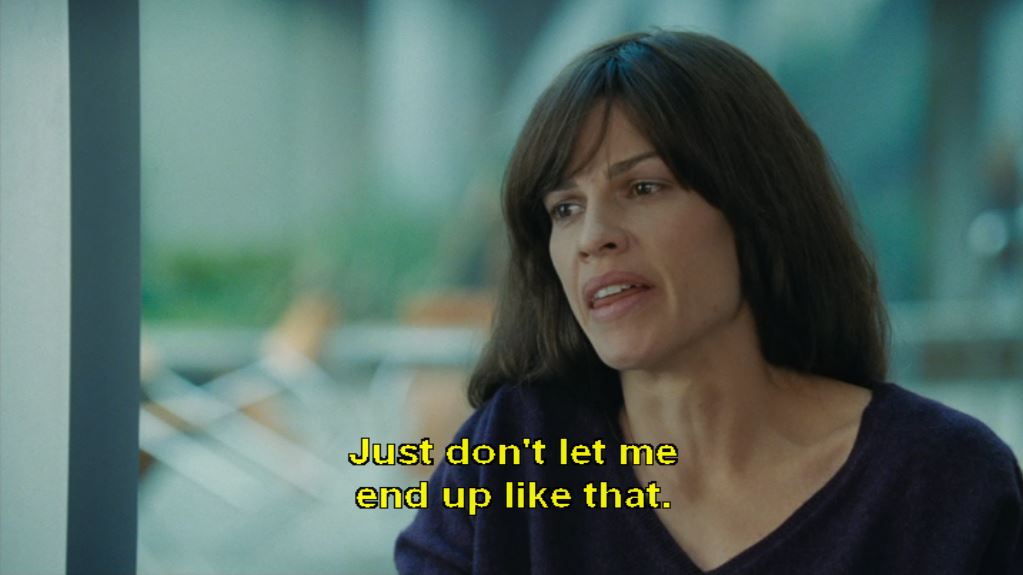January 22, 2016, by Todd Neva
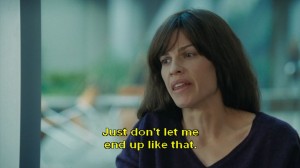
“You’re Not You” (2014, Hilary Swank and Emmy Rossum) was the hardest movie I’ve ever watched. I stopped it two times before finally buckling down and enduring through it. It’s not because the movie wasn’t good — it was — it’s because it hit a little too close to home. Or so I thought, until I got through the first twenty minutes and realized it’s not at all reflective of my experience.
If you found this blog having been recently diagnosed, don’t watch the movie. I would hate for you to think that’s what your life would be like.
If you don’t have a personal connection to ALS, have at it. (Rated R for excessive profanity, gratuitous sex, and glorification of drugs.) It was a well-told story. A woman with a terminal, degenerative disease struggles to have her desires honored.
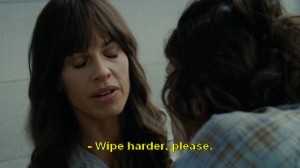
After Kate’s arms fail and she’s not able to feed or toilet herself, she fights her husband on the selection of a caregiver. She doesn’t want to feel like a patient, and she ends up choosing Bec, a woman who’s a domestic disaster, but sees her for who she is, a person. After Kate’s voice is slurred, and Bec argues with her husband on her behalf, Kate has to remind her, “You’re not me.”
Ultimately, it comes down to her desire to die, and at the end of the movie (spoiler alert) we find she gives power of attorney to Bec because she knows she would honor her wishes.
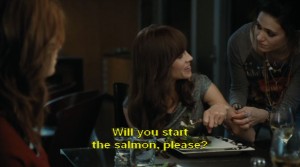
I can relate to much in the film. I want to have a voice in my care. I want to do things for myself, if at all possible. I feel like my care is a burden on those who love me. I don’t have a particular desire to be put on a vent. I am not bothered by her wish to die a natural death at home, rather I’m bothered by the filmmaker’s portrayal of ALS as a hopelessly debilitating disease that sucks all enjoyment out of life. For some, it is, and the movie is about one such person. But she is not me.
ALS progresses differently in everybody, for some so fast they have no time to react. I would never judge others, but I would point out that for many people progression is slow enough and there are many ways to adapt that can bring more satisfaction to life.
This would’ve been especially true for the affluent couple in the film. Most manage this disease on a small Social Security income, but this couple could afford to hire 24-hour care, yet the only adaptive equipment they had was a wheelchair.
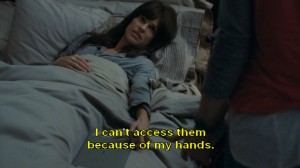
Kate struggles with routine tasks, such as using a computer, brushing her teeth, eating, toileting. I can relate to those frustrations. Things I can do one day are impossible the next. But I adapt. Kristin and I figure out solutions to overcome challenges. In fact, I am more disabled than the character was during much of the film. I have less use of my legs, less use of my hands, yet I adapt.
Many solutions do not require much money, but they go a long way in providing some independence and satisfaction in life.
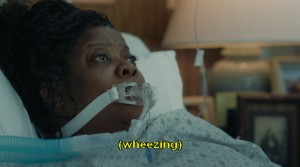
To be fair, Kate meets another pALS with a great attitude. But later, her new friend ends up on a ventilator and unable to speak. The film shows her lying on her back in a hospital bed with a tube down her throat and staring at the ceiling. “Just don’t let me end up like that,” Kate slurs in horror.
Even on a ventilator, which generally is put in via a tracheotomy, some pALS speak, and all are at least able to use eye-gaze technology to communicate. One can have a full life even on a ventilator. Now, I have a relationship with Jesus Christ, so I won’t cling too tightly to this earthly life. I may not choose to be ventilated, but it won’t be because there is no satisfaction in life.
